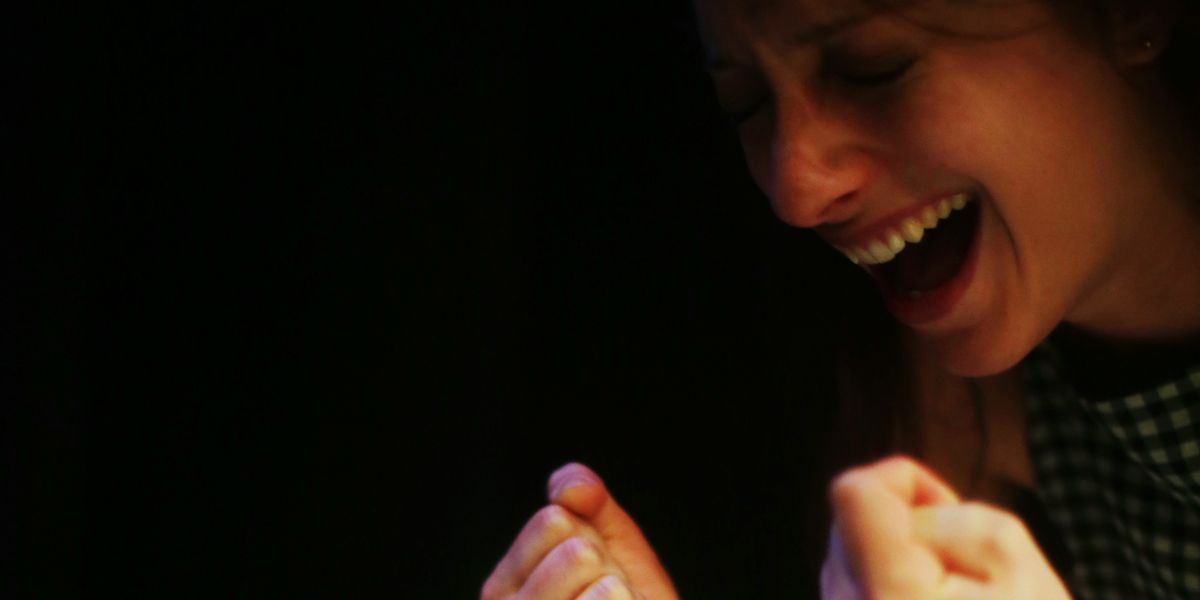Post-Performance Trauma Is Real. Here's How To Protect Yourself
Even though it’s been a year since he took his last bow in the piece, Kidd Pivot dancer Jermaine Maurice Spivey still feels the aftermath of touring in Crystal Pite and Jonathon Young’s Betroffenheit. The harrowing piece chronicles Young’s own journey through tragedy, with dancers embodying his grief, trauma, guilt, addiction, euphoria and glee. “We endured an emotional negotiation each night because of how much the show cost. It was a weird kind of dread, because you wanted to pay the full cost. Otherwise you couldn’t do the show justice.”
Dance psychologist JoAnne La Fleche says there’s little research on the emotional fallout from challenging performances like Betroffenheit, but dancers with poor self-care may be at risk of developing secondhand trauma or PTSD-like symptoms. These can range from fatigue, anxiety and depression to flashbacks and panic episodes.
The “weird dread” Spivey describes is not uncommon. La Fleche points out that our brains activate in the same way whether we’re imagining something or experiencing it in reality. Severely violent and traumatizing roles are rare, but even minor challenges, left unaddressed, can emotionally debilitate a dancer over time.
Dancers tend to downplay or ignore discomfort, and in doing so, eventually diminish their self-awareness and overall wellness, and heighten their risk of injury. Being mindful of your own needs and limits when performing emotional roles is key to maintaining a healthy relationship to the work.
The Preparation
Just as the brain experiences difficult images as reality, the same is true for positive ones. Next time you’re gearing up for a tough show, make imagery an integral part of your warm-up. Picture your body inside a dome of light. “It’s an energetic field that protects you without closing you off from the outside world,” La Fleche says. Then do a body scan guided by your breath and set boundaries from the inside out. That way, you’re ready to care for your emotions when you go onstage.
Evelyn Lilian Sanchez Narvaez, a New York City–based freelance dancer who creates vulnerable solos and performs with Miguel Gutierrez, brings tokens of nature—such as shells collected during a recent tour to France—to the performance venue as a way to energetically warm up the space. “It’s a piece of me that’s tangible, something that makes me understand my power,” they say. [Sanchez Narvaez uses she/her/they/them/ella pronouns.] The practice of consciously collecting sensory information, whether it’s internal images or visible reminders, can help you feel in harmony with your surroundings and bring that sense of safety onstage.

David Gonsier, Courtesy Sanchez Narvaez
The Performance
When Audrey Rachelle started performing regularly in Punchdrunk’s Sleep No More, she quickly realized it was unsustainable to draw on her own life experiences in order to sink into her roles. La Fleche warns that without cultivating distance, dancers may over-identify with a role. “You have to get into an ‘as-if’ mode,” she says, “without becoming the character.”

Aeric Meredith-Goujon, Courtesy Rachelle
The Reset
After a performance, practice shaking off the emotions you just built up. Jump and exhale as you land, shake your limbs, brush your body or imagine you’re scrubbing yourself in a shower. “If you struggle to release, contract your muscles to the maximum and then suddenly let go as you audibly exhale,” La Fleche suggests. Post-performance can also be a good time to vocalize or cry. If you want to avoid casual post-show conversations after a challenging performance, time your cooldown so you leave the theater after the audience, recommends Spivey.
It’s important to fight feelings of isolation and negative self-talk after a show, says La Fleche, which can contribute to emotional vulnerability. Rachelle debriefs with each dance partner to touch base as real people, not just characters. “Talking to your colleagues prevents you from making up stories in your head,” she says. Sanchez Narvaez thanks the space, the crew and fellow performers. “If you’re thankful for being pushed, you’re able to understand that the performance was a gift,” they say. “When you return to that memory, you have a sense of gratitude instead of anger or frustration.”




